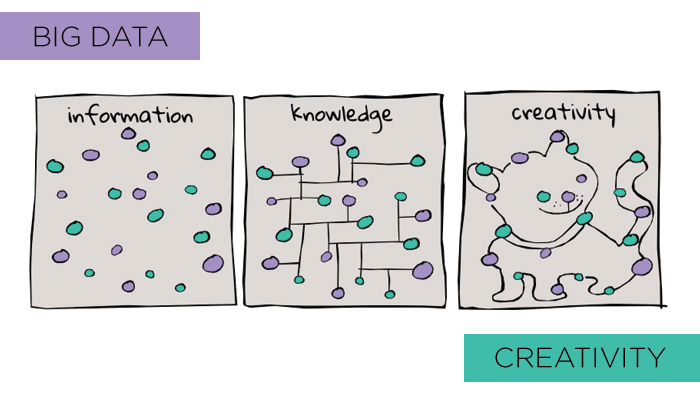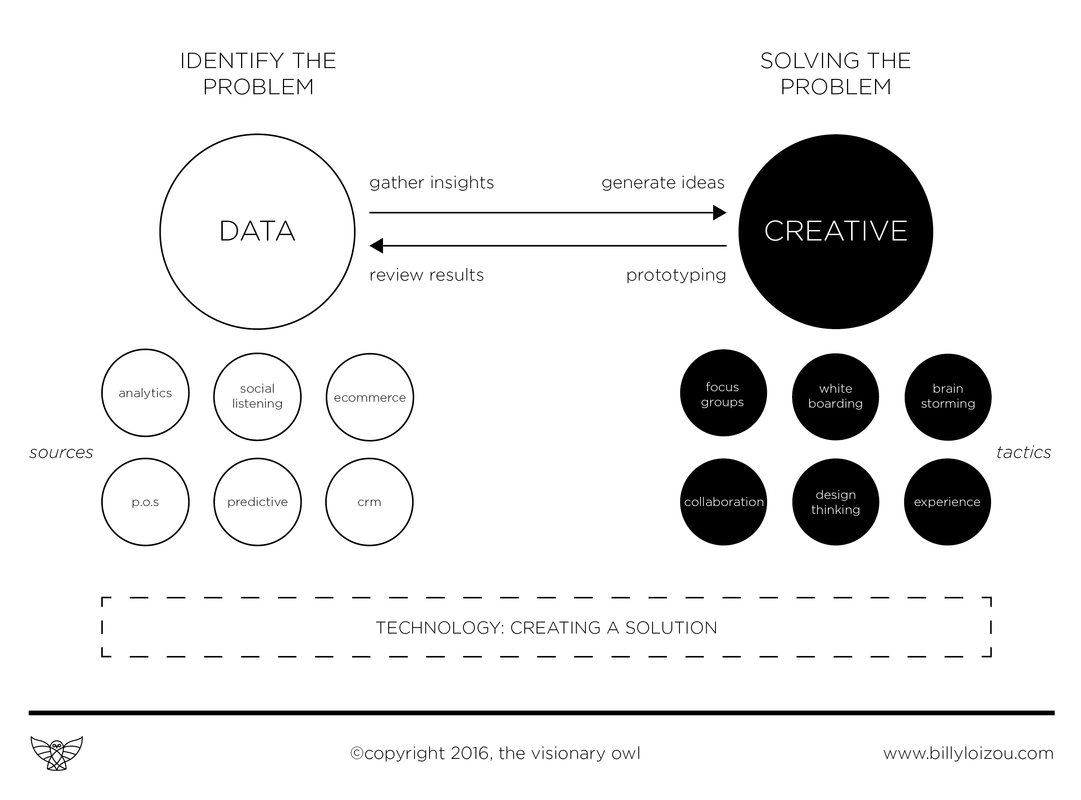“60% of IT workers now identify improving the customer experience as their top digital goal, while the majority of marketers chose ‘integrating all platforms and channels’ as their main focus.”
The number one goal for most businesses all around the world is to become more customer-centric. According to McKinsey&Company over 50% of customer interactions now happen during a multi-event, multi-channel journey. Over the last hundred companies I have consulted with it seems they all have a different terminology of what they are after; so I wanted to take some time a put together a library of terminology. It depends on the view you are taking whether it be a macro or micro. Are we looking at the whole end-to-end customer lifespan with our business or just the micro moments which are being influenced by today's constant connectivity.
What is the difference between the customer lifespan, customer lifecycle, customer journey and customer moment? Let me explain going from a macro to micro perspective:
1. Customer Lifespan
> Usually measured in decades
Phases in the customer's lifespan where they may find value in a brand and it's offering.
For example setting up a savings account typically happens at the age of 7 through your primary school and family's support. Then by the age of 18 you apply for a credit card - then by late 20's early 30's apply for a home loan.
2. Customer Lifecycle
> Usually measured in years
A brand-centric view to map customer loyalty through acquisition, on boarding, engagement, conversion & retention overtime. May also be mapped to a sales funnel.
For example a potential customer may be acquired through a sign up form to receive email offers from your company, however doesn't make their first purchase for over 6 months.
3. Customer Journey
> Usually measured in hours or days
A useful view for process and experience design showing a contained series of brand interactions and customer experiences.
For example a traveler’s journey on an airline, a customer applying for a home loan or a patient visit to a hospital.
4. Customer Moment
> Usually measured in seconds
A view for designing individual interactions, services or touch points.
For example, a customer service interaction at an airport check-in or a purchase page on an Ecommerce site
[Source] Here is a great infographic illustrated by Lenati explaining the concepts in more detail: http://www.lenati.com/blog/2016/02/how-to-view-your-customers-experience-customer-journey-mapping-vs-customer-lifecycle-infographic/
What is the difference between the customer lifespan, customer lifecycle, customer journey and customer moment? Let me explain going from a macro to micro perspective:
1. Customer Lifespan
> Usually measured in decades
Phases in the customer's lifespan where they may find value in a brand and it's offering.
For example setting up a savings account typically happens at the age of 7 through your primary school and family's support. Then by the age of 18 you apply for a credit card - then by late 20's early 30's apply for a home loan.
2. Customer Lifecycle
> Usually measured in years
A brand-centric view to map customer loyalty through acquisition, on boarding, engagement, conversion & retention overtime. May also be mapped to a sales funnel.
For example a potential customer may be acquired through a sign up form to receive email offers from your company, however doesn't make their first purchase for over 6 months.
3. Customer Journey
> Usually measured in hours or days
A useful view for process and experience design showing a contained series of brand interactions and customer experiences.
For example a traveler’s journey on an airline, a customer applying for a home loan or a patient visit to a hospital.
4. Customer Moment
> Usually measured in seconds
A view for designing individual interactions, services or touch points.
For example, a customer service interaction at an airport check-in or a purchase page on an Ecommerce site
[Source] Here is a great infographic illustrated by Lenati explaining the concepts in more detail: http://www.lenati.com/blog/2016/02/how-to-view-your-customers-experience-customer-journey-mapping-vs-customer-lifecycle-infographic/



